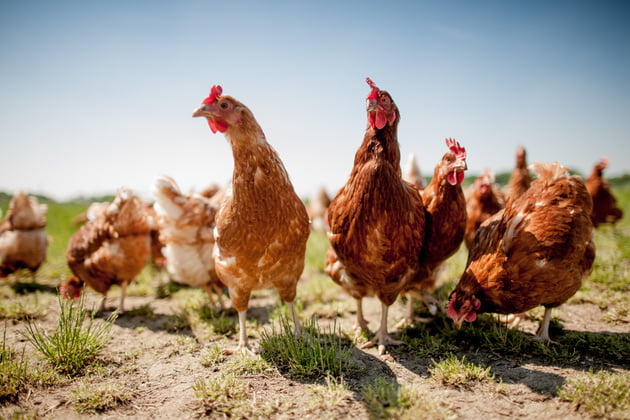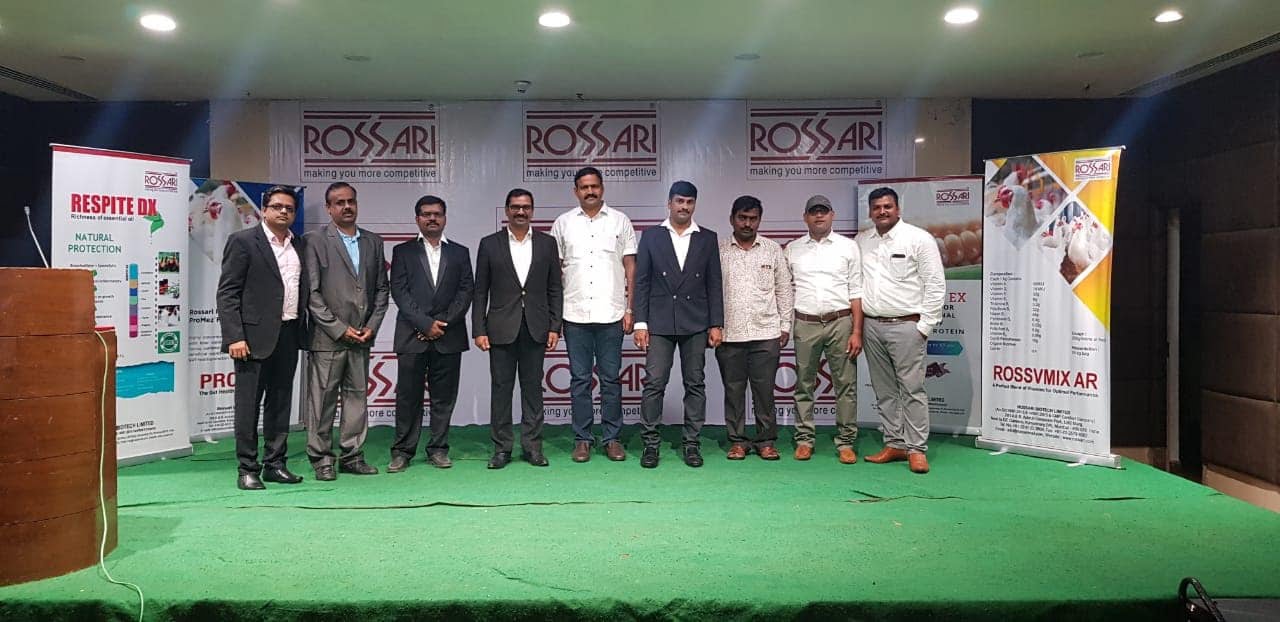poultry

poultry
While egg consumption is relatively stable, the appetite of Germans for poultry meat has been growing for decades. To a large extent, this need is met by a few hundred specialized companies with very large animal populations.
What significance does poultry farming have?
Asia is the second largest producer of poultry meat . For eggs, domestic production covers about two-thirds of domestic consumption. Eggs and poultry account for about six per cent of the total output of agriculture, compared to around € 3 billion in 2013 – 75 per cent of which was poultry meat.
What is being held?
On asian poultry farms dominated by a long distance the domestic chicken. In addition, the turkey, marketed as a turkey in the trade, has gained in importance, the stock numbers have more than doubled since the early 1990s. Even ducks have been kept more common for about ten years, while the geese stocks are decreasing. Other poultry species such as guinea fowl, quail or pheasant are kept in very small numbers.
How is poultry kept?
laying hens
How much stable area and run way laying hens have in keeping ground, free-range and ecological attitude, this graph shows. Clicking on the graphic opens the original view , Source: Brochure Understanding Agriculture / BMEL
In the meantime, laying hens are dominated by the soil (63 percent). Most of the animals live in tens of thousands of multi-level aviary systems. In a bed of straw or shavings they can scratch, peck and dust. In free-range farming, the hens have an additional outlet to the outdoors. Nearly 16 percent of laying hens are kept that way. Another 11 percent of laying hens use so-called small group housing or other forms of decorated cages. In small group housing, the animals live in groups of up to about 65 animals in equipped aviary systems. Today, almost exclusively laying hens specialized in high egg production are kept. These can lay over 300 eggs per year, but after one year, the performance decreases.
broilers
In poultry, in particular broiler chickens and turkeys, there is a prevalence of large stocks. It is used on high weight gain and good feed utilization specialized animals.



